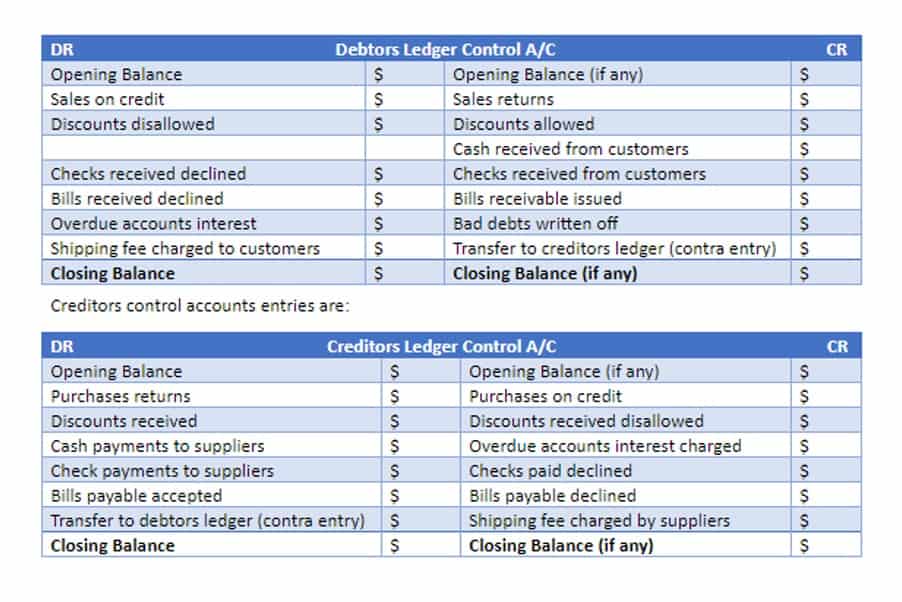How to prepare a statement of retained earnings + formula

Non-cash items like write-downs, impairments, and stock-based compensation are the behind-the-scenes crew that also influence the plot. Remember, your beginning balance isn’t just an arbitrary number; it embodies the company’s cumulative earnings minus cumulative dividends since day one. Think of it as a financial saga that sets the stage for the current period’s financial storytelling. Lenders and creditors are continually looking for evidence that a business will be able to settle debts and make credit repayments.

Step by step solution
- When you subtract dividends from your net income, you’re essentially closing the loop of your retained earnings calculation.
- The closing balance of the retained earnings is added to the equity section of the balance sheet.
- Retained earnings are a critical component of a company’s equity that reflects the cumulative profits kept in the business after distributing dividends to shareholders.
- Paul’s net income at the end of the year increases the RE account while his dividends decrease the overall the earnings that are kept in the business.
- Prior period adjustments are corrections of errors made in previous financial statements.
This separate statement is also called a statement of owner’s equity and is essential in determining the amount of earnings that can be distributed to shareholders as dividends. By analyzing the retained earnings figure, investors can gain insight into how well a company is performing and how much it is reinvesting back into the business. The retained earnings calculation can be found by starting with the accumulated earnings from previous prepare a retained earnings statement years and adding or subtracting the change in retained earnings.

Why is the Equity Statement Important?

Your retained earnings can thus be seen as the reserves for future strategy plays or a cushion for financial hiccups. It’s like having a secret stash that you can whip out when you want to invest in or boost your business, without the need for external funding or taking on more debt. It’s no wonder that savvy investors keep an eagle eye on this part of your balance sheet — it tells https://www.bookstime.com/ them whether the company is an able custodian of their investment. If your company is very small, chances are your accountant or bookkeeper may not prepare a statement of retained earnings unless you specifically ask for it. However, it can be a valuable statement to have as your company grows, especially if you want to bring in outside investors or get a small business loan. Discuss your needs with your accountant or bookkeeper, because the statement of retained earnings can be a useful tool for evaluating your business growth.
Open with the balance sheet from the previous year
- All information prepared on this site is for informational purposes only, and should not be relied on for legal, tax or accounting advice.
- They’re found in the balance sheet under equity and show financial health and reinvestment capacity.
- Also known as the Statement of Owner’s Equity, Equity Statement, or Statement of Shareholders’ Equity, this statement is created in accordance with generally accepted accounting principles (GAAP).
- Unappropriated retained earnings have not been earmarked for anything in particular.
- The content on this website is provided “as is;” no representations are made that the content is error-free.
- These adjustments could be caused by improper accounting methods used, poor estimates, or even fraud.
Prior period adjustments are corrections of errors made in previous financial statements. These adjustments can arise from mistakes in calculations, misstatements, or changes in accounting principles. It is important to properly document and explain any adjustments made to retained earnings to ensure transparency contra asset account and accuracy in financial reporting. It’s part of shareholder’s equity and tracks how much profit the company has kept (rather than paid out as dividends). Over time, it shows the company’s accumulated profits that are reinvested in the business.
When a company generates a profit, a portion of that profit is typically retained in the business rather than distributed to shareholders. This retained amount contributes to the company’s retained earnings, which is crucial for reinvesting in the business, financing growth opportunities, and ensuring stability during economic downturns. Pour too much into dividends, and the retained earnings dwindle, possibly signaling a lack of internal investment capital. But strike the right balance, and you’re likely to attract investments while still rewarding shareholders. You’ve gathered your beginning balance, tallied up the profits or weathered the losses, and decided regarding dividends.
- Understanding operating expenses can help you keep tabs on how efficiently your small business generates revenue.
- This is the amount you’ll post to the retained earnings account on your next balance sheet.
- You’ll refer to the balance sheet to find cash dividends and stock dividends on your balance sheet.
- These earnings are typically also used for growth, but they’re not earmarked for a specific transaction or project.
- The retention ratio (also known as the plowback ratio) is the percentage of net profits that the business owners keep in the business as retained earnings.


